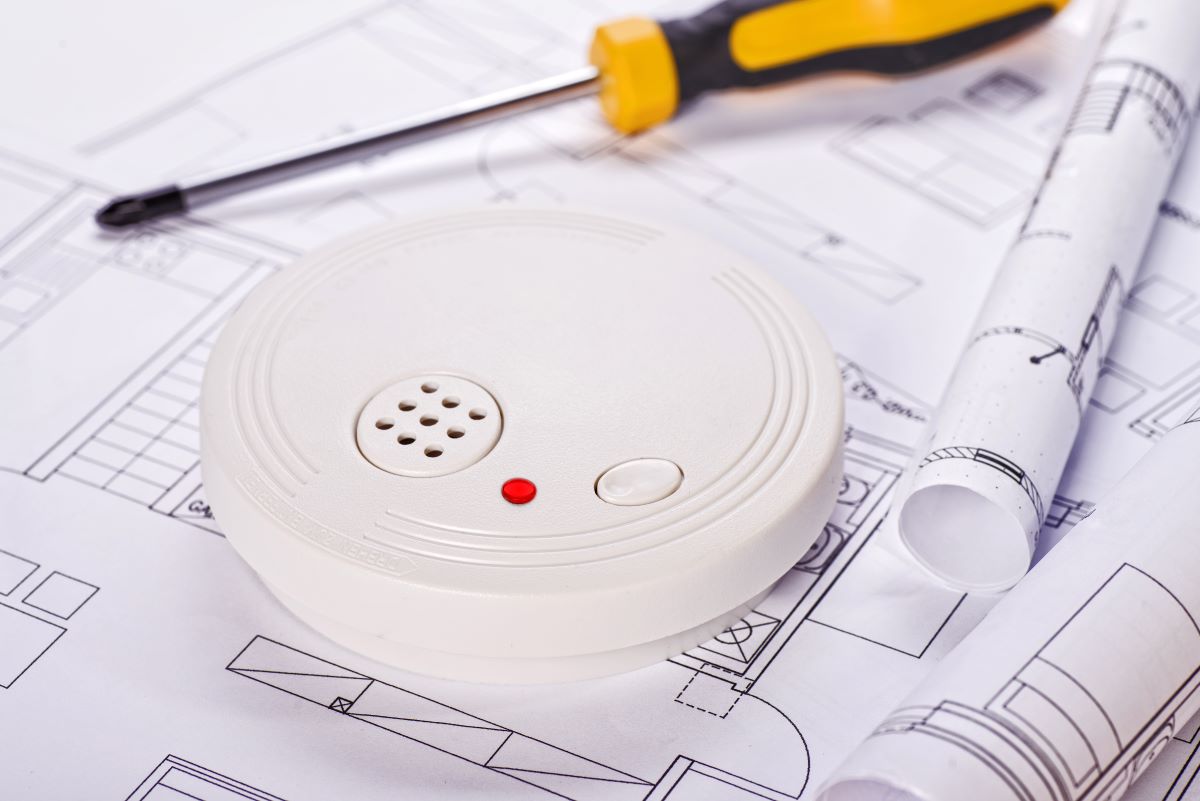
Fire alarm systems are the unsung heroes of safety, standing vigilant to protect lives and property. However, the effectiveness of these guardians hinges on a crucial factor: proper placement and installation. In this exploration, we delve into the art of strategically safeguarding spaces through meticulous planning and precise installation of fire alarm systems.
- Understanding the Dynamics of Detection: Tailoring Placement to Risks
Before delving into the specifics of placement, it's imperative to comprehend the dynamics of fire detection and the different types of initiating devices. Different areas pose varying risks and challenges, necessitating a tailored approach to placement.
- Smoke Detectors: These should be strategically placed in areas where fires are most likely to start. Kitchens, living rooms, and bedrooms are prime locations. In commercial settings, consider the nature of the business – high-risk areas like kitchens or machine rooms demand heightened vigilance.
- Heat Detectors: Areas with the potential for rapid temperature increases, such as kitchens or garages, benefit from installing heat detectors. Additionally, places where smoke detectors might trigger false alarms, like dusty or humid environments, are ideal candidates for heat detectors.
- Manual Pull Stations: Ensure that manual pull stations are easily accessible and visible near exits. Their placement should facilitate swift activation by occupants in the event of an emergency. Typically, these stations are installed along escape routes and near building exits.
- Duct Smoke Detectors: In buildings with ventilation systems, placing duct smoke detectors in HVAC ducts is crucial. These detectors prevent the spread of smoke through the building's ventilation system, ensuring the earliest possible detection.
- Building Layout Considerations: Zones and Coverage
Proper placement extends beyond individual devices – it involves the creation of zones and ensuring comprehensive coverage throughout the building.
- Zoning: Divide the building into zones, each monitored by a specific circuit. This zoning allows for targeted response and faster identification of the fire's location. It's particularly beneficial in large buildings where a centralized approach may result in delays.
- Comprehensive Coverage: Aim for comprehensive coverage to minimize blind spots. The goal is to detect a fire as early as possible, regardless of location. This involves strategically placing detectors and devices to create an interconnected web of protection.
- Adhering to Regulations and Standards: Ensuring Compliance
The placement and installation of fire alarm systems must adhere to established regulations and standards. Compliance with codes such as those set by the National Fire Protection Association (NFPA) is not just a legal requirement but a critical aspect of ensuring the system's reliability.
- NFPA Guidelines: Familiarize yourself with NFPA guidelines, particularly NFPA 72, which outlines the proper installation and testing of fire alarm systems. Adhering to these guidelines is essential for meeting industry standards and ensuring the system's effectiveness.
- Local Codes and Regulations: Be aware of local building codes and regulations. Local jurisdictions may have specific requirements that must be met. This knowledge is vital for obtaining necessary permits and approvals.
- Professional Installation: The Keystone of Reliability
While understanding the principles of proper placement is crucial, the execution lies in the hands of professionals. Entrust the installation of fire alarm systems to certified and experienced technicians. Their expertise ensures not only compliance with regulations but also optimal performance and reliability.
- Certified Technicians: Ensure that the technicians installing the fire alarm system are certified and trained in accordance with industry standards. Certification ensures that they possess the knowledge and skills necessary for a successful installation.
- System Testing: Professional installers thoroughly test the system after installation. This includes functional tests of individual components, system-wide tests, and simulations of emergency scenarios to verify the system's responsiveness.
- Documentation: Professional installers provide comprehensive documentation of the installation, including plans, device locations, and testing results. This documentation is invaluable for future inspections, maintenance, and system upgrades.
- Regular Maintenance and Inspection: Preserving Peak Performance
The commitment to proper placement and installation extends beyond the initial setup. Regular maintenance and inspection are essential for preserving the peak performance of a fire alarm system.
- Scheduled Inspections: Conduct scheduled inspections of the entire system, including detectors, alarms, and control panels. Inspections should verify that all components are in working order and free of damage or obstruction.
- Testing Procedures: Implement regular testing procedures, including the simulation of alarms, to ensure that the system responds appropriately. This testing not only verifies the functionality of individual components but also the integrity of the entire system.
- Upkeep of Documentation: Maintain up-to-date documentation of all inspections and maintenance activities. This documentation serves as a historical record of the system's performance and aids in troubleshooting or upgrading the system in the future.
A Shield Crafted with Precision
In the realm of fire alarm systems, proper placement and installation are the artisanal elements that craft a shield of protection. From understanding the unique risks of different areas to zoning strategies and compliance with regulations, every decision contributes to the system's reliability. By entrusting the installation to certified professionals and committing to regular maintenance, building owners and facility managers ensure that their fire alarm systems stand as unwavering guardians, ready to safeguard lives and property in the face of adversity. If you are interested in having a team of professionals help you with your fire alarm needs, contact Koorsen Fire & Security today!


